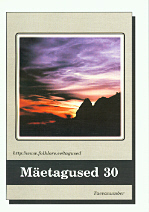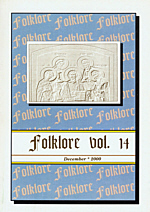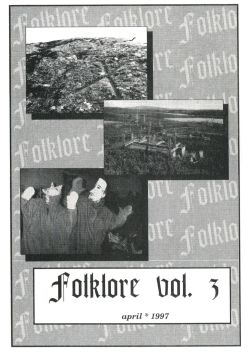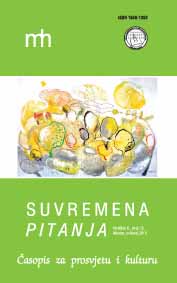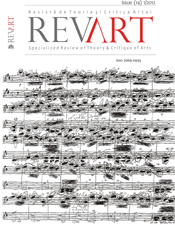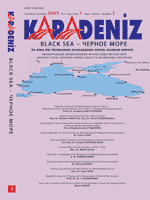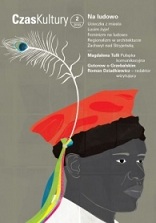Author(s): Yuri E. Berezkin / Language(s): Estonian
Issue: 30/2005
The mythological motif of the Cosmic Hunt (F59.2) is characteristic of northern and central Eurasia and the Americas but seems to be missing in other parts of the globe.
Two distinct Eurasian versions demonstrate North-American parallels at the level of minor details which could be explained only by particular historic links between the corresponding traditions. According to the first variant, three stars of the handle of the Big Dipper are hunters and the dipper itself is an animal (elk in Siberia, bear in North America), while Alcor (a weak star near Mizar, which is the second star of the handle), occupies a special place in this picture. Its association with a dog (Orochon Evenk, Udeghe, Oroch, Lillooet, Coastal Salish, Wasco, Mohawks, Delaware, Fox) and especially with a cooking pot (Khakas, Khanty, Selkup, Ket, the northern and western groups of Evenk, Seneca, Cherokee) carried by the second hunter is highly specific and could not emerge independently in Asia and in the New World. According to the second variant of the Cosmic Hunt motif, the stars of the Orion's Belt represent three (sometimes one) deer, antelopes, mountain sheep or buffaloes.
The hunter is Rigel or some other star or constellation below the Orion's Belt. Hunter's arrow has pierced the game and is seen either as the red star Betelgeuze (in Asia) or as the stars of Orion's Head (in America). Both in Asia (Hinduism, Tibetans, Kalmyk, Kazakh, Kirgiz, Tuva, Teleut, Altai, Telengit, Khakas, Tofa, Buryat, Mongol) and in North America (Gros Ventre, Cahuilla, Paviotso, Chemehuevi, Ute, Yavapai, Mohave, Maricopa, Kiliwa, Seri, Western Apache, Mescalero, Lipan), the second version of the Cosmic Hunt is localised further away from the Bering Strait than the first variant. It is an argument in favour of its slightly later introduction into the New World. Both episodes, however, probably date to the first settling of the New World; their absence in the circum-Beringian region excludes the possibility of their late spread.
Unlike both these versions, the circum-Arctic one(s) (hunter or game are associated with Orion or the Pleiades) are represented by neighbouring traditions which form almost a continuous chain from the Lapps to the Polar Inuit. This version is not recorded among the Yupik Eskimo and could have been brought across the American Arctic with the spread of Tule Eskimo after 1000 AD.
More...
